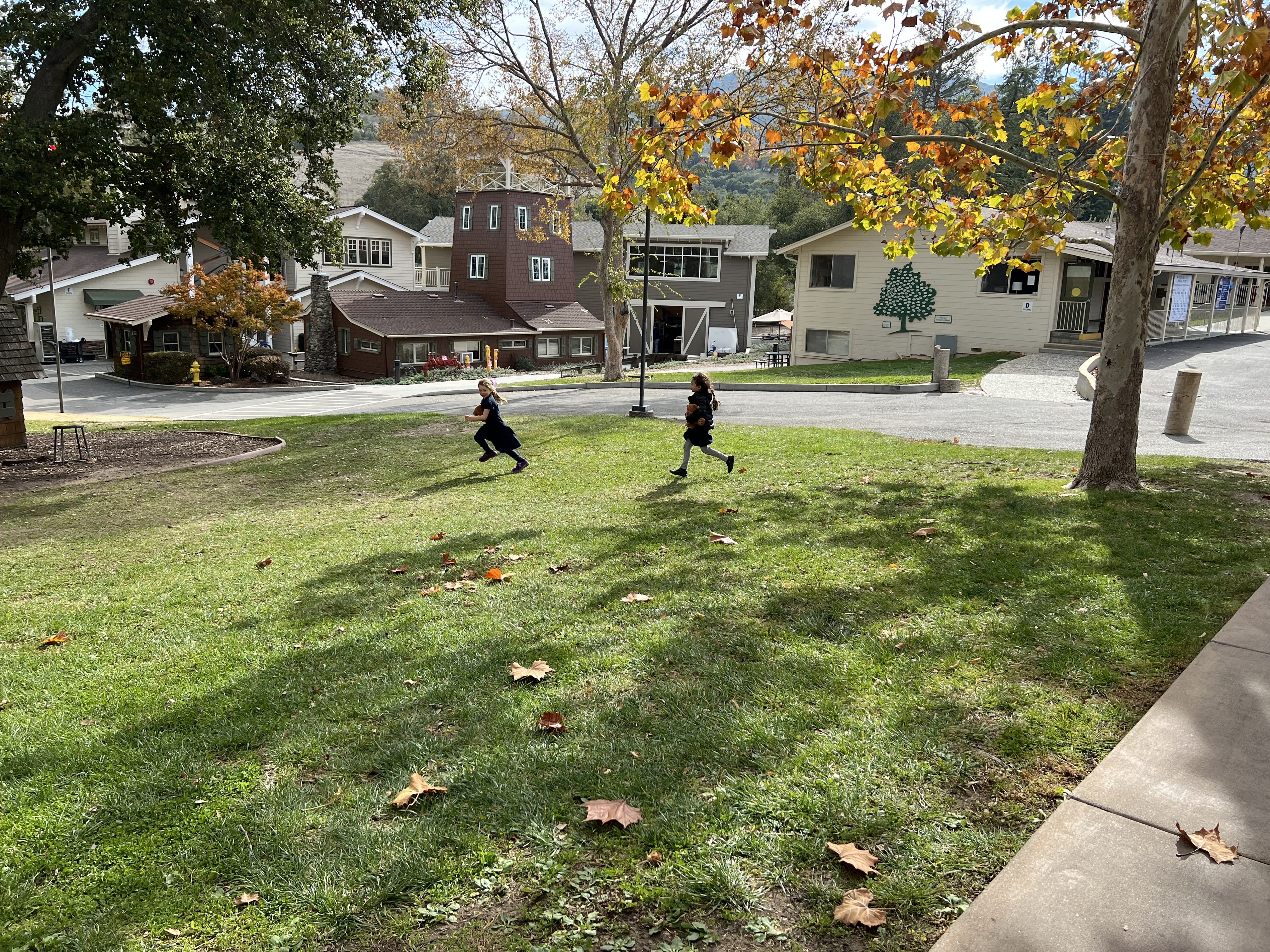Welcome to our Curriculum Connections! This is your weekly periscope into classes across campus – we’ll share new learning, challenges, accomplishments, and commentary from students in Lower and Middle School. Enjoy!
Graphtastic Tab-ities in 2nd Grade Math
This week, second grade mathematicians have been creating and interpreting bar and picture graphs to represent a variety of categorical data. As they hand-draw graphs using symbols and bars, students are practicing reading tables of data provided to them (like, how many of each kind of coin was in Jade’s collection?) or, data they have collected themselves as a class (like, how many kids were doing each kind of recess activity today?). This graph-making builds off their work in first grade to represent categorical data using symbols in order to answer comparison questions (e.g. using tally marks in categories for favorite food, then answering, “how many more people like pizza than tacos?”). Second grade table-mates used different data sets to draw their own graphs, while helping one another add important features: titles, labels, a scale and clear, accurate symbols. Peers also helped each other check their reading of the data in their tables, and assess their choices about symbols. For example, one student chose to use dots of varying sizes to represent coins of differing dimensions, because he explained, he wanted his graph to show both how many of each coin-type was in the collection, and also that some coin-types are larger than others. Next up, second graders will be looking at how tape diagrams, similar to bar graphs, can be used to represent the relationship between two quantities and to show how subtraction and addition relate. In the meantime, if you’ve been wondering how many more kids were swinging on Thursday than playing on the field, your second grader can fill you in!
6th Grade is Digging into History
Sixth grade historians are deep into their study of ancient human ancestors, connecting practices like close observation and making predictions to new contexts of paleoanthropology and archaeology. Earlier this week, after reading and taking notes about the atlatl technology used by some early human hunters, students used modern tools to test how the atlatl worked on our upper field. Watching on video as a modern flint-knapper makes a stone tool, they reflected on how many steps and materials, and how much time, it took early hominids to make a single spear or arrow. Reeds, cliff-sides, antlers, hide, mammal gut, feathers, and many hours with skill and practice needed to come together to make early human hunting behaviors possible. It’s hard, even for a sixth grader, not to be impressed! To engage in a more dynamic look at primary and secondary source evidence for the several hominid species they are studying (A. afarensis, H. erectus, H. habilis, H. sapiens neanderthalensis, and H. sapiens sapiens), sixth graders then dug through several bins of evidence– photos of bones, paintings, stone artifacts, and other remnants of technology– as well as analysis– historians’ interpretations of what the data shows about behavior and traits– to make their own observations and then their own predictions about which species of hominid was represented in each bin. This practice of making objective observations, and then using those to generate a hypothesis or explanation about historical artifacts, will be a key skill they are honing in History, as well across disciplines, throughout middle school. As the teacher reflected this week, just in our adult lifetimes we’ve re-classified Neanderthals in the Homo genus because of closer observation, skeptical analysis, and the drive to find new evidence. These are skills and mindsets we can all build together, to pursue truth even more precisely and elegantly. Who knows the next discovery we’ll make!
